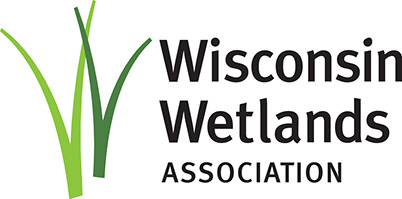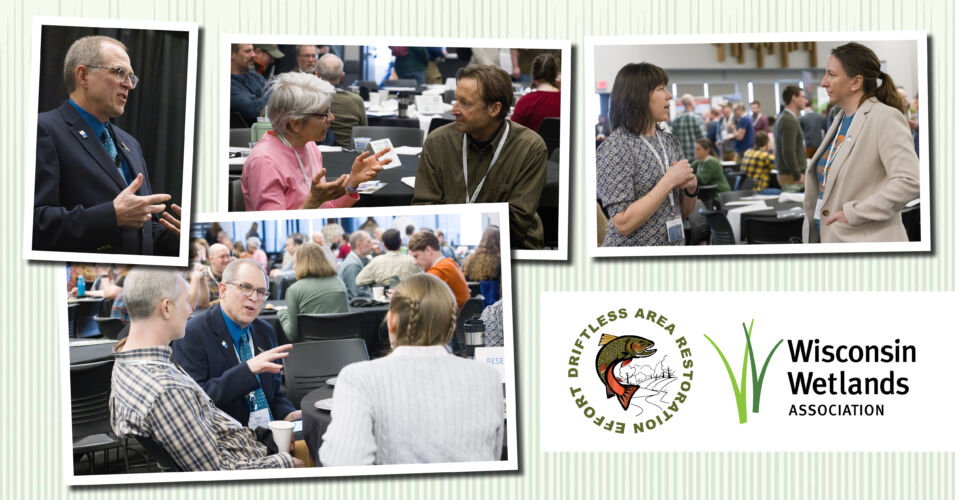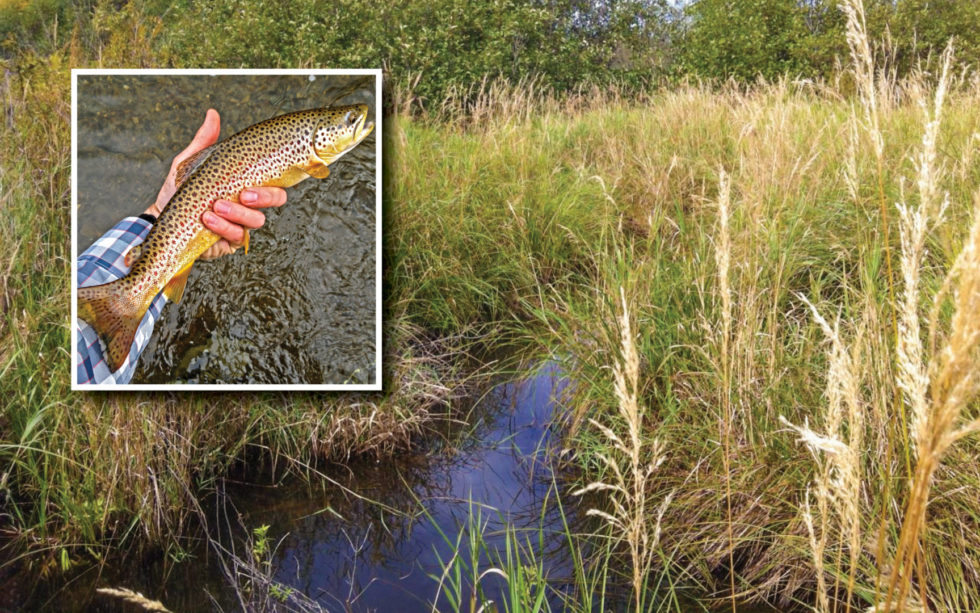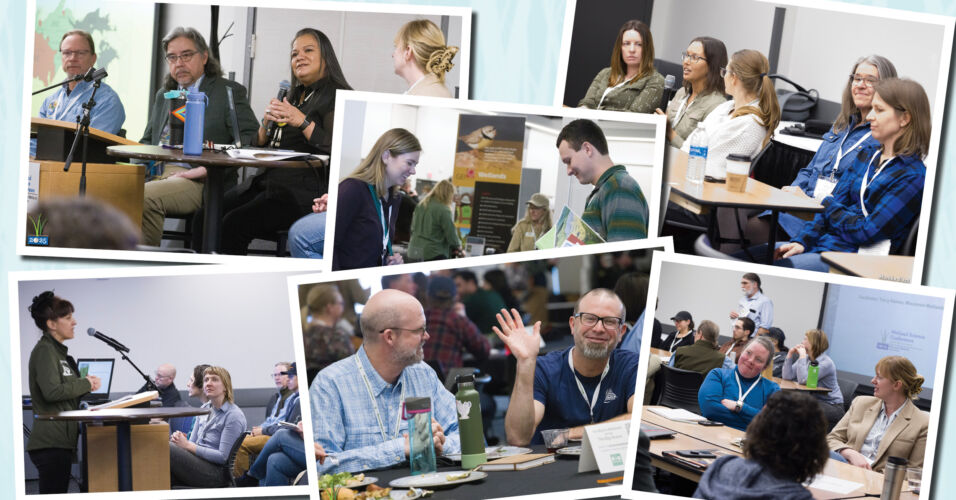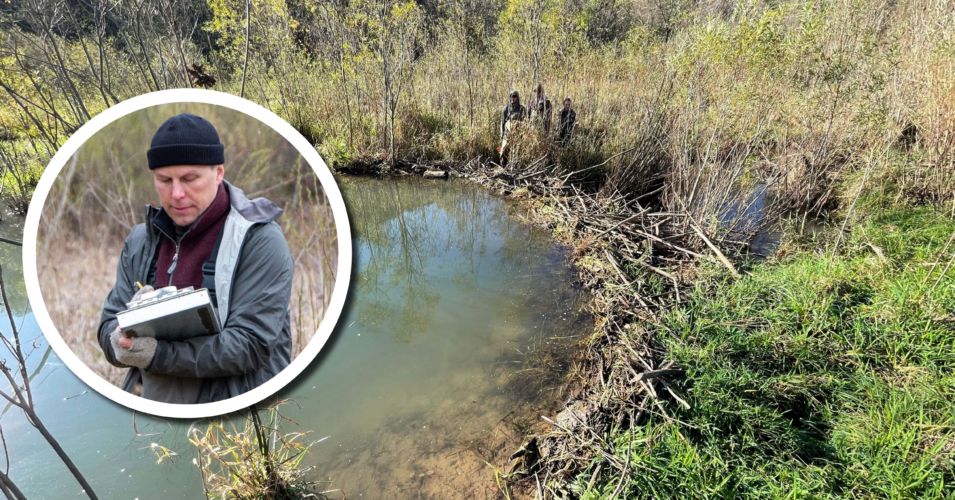Though Wisconsin Wetlands Association’s 2025 Wetland Science Conference is now a solid month behind us, we’re still buzzing from all the learning, comradery, and forward-thinking conversations. For the first time ever, we sold out the venue, making it one of the largest annual science conferences in Wisconsin Wetlands Association’s history. Among the many things driving this year’s numbers was a collaboration between Wisconsin Wetlands Association (WWA) and Trout Unlimited’s Driftless Area Restoration Effort (TU DARE).
Our agenda included multiple elements of joint programming designed to encourage participation by fisheries managers and to promote networking and collaboration between wetland and stream restoration practitioners.
We kicked things off with a joint social that marked the close of TU DARE’s 2025 Stream Restoration Symposium and the start of the conference. We also provided scholarship support to enable approximately 30 of Trout Unlimited’s staff and registrants to stay on for the WWA event.
The main event took place Wednesday morning with a special symposium on Restoring Wetland and Stream Systems. Our goal was to increase both communities’ knowledge about how to restore hydrologic conditions, connections, and functions.
The session started with a plenary address, “Pearls on a String: Recognizing the value intact wetlands and alluvial valleys have within the stream continuum,” delivered by Paul Burns, a Fisheries Biologist with the USDA Forest Service. Paul combined humor, science, and case studies to share how he learned through decades of trial and error to take off his stream goggles and support the restoration of wetland, stream, and floodplain processes.
Our next speaker, Colin Belby, a Professor of Geography and Environmental Science at UW-La Crosse, provided a Driftless Area perspective on how hydrologic changes at the watershed scale can substantially alter river processes. He emphasized that consideration of watershed hydrology will continue to be critical for the success of restoration initiatives, especially in an era of more frequent high-intensity precipitation associated with climate change.
After that, Eileen Shader, a Senior Director of Floodplain Restoration for American Rivers, delivered a primer on the fundamentals of functioning floodplains and their importance to river and watershed health. She emphasized that the need to reconnect and restore functioning floodplains has never been greater and shared her perspectives on strategies for restoring floodplains to benefit people and nature.
Our final speaker was Dave Kraft, a Principal Engineer for Hey Associates. Dave provided a series of informative, regional-based case studies to illustrate how process-based restoration of wetlands and streams across watersheds can benefit fisheries, improve water quality, and increase waterway resilience.
Following the presentations, all four speakers participated in a Panel Q&A and were active participants in related sessions.
This symposium and other conference programming co-hosted by Trout Unlimited’s Driftless Area Restoration Effort was made possible thanks to support from the James E. Dutton Foundation, Inc., and a Mosaic Momentum grant from the Water Solutions Fund. If you missed the symposium and would still like to see these talks, recordings are included for 2025 conference attendees, and are still available for purchase as part of an On Demand access pass.
Related content
Sold-out crowd builds community, wetland knowledge
Wetland Coffee Break: The influence of beaver dams on Wisconsin trout streams
